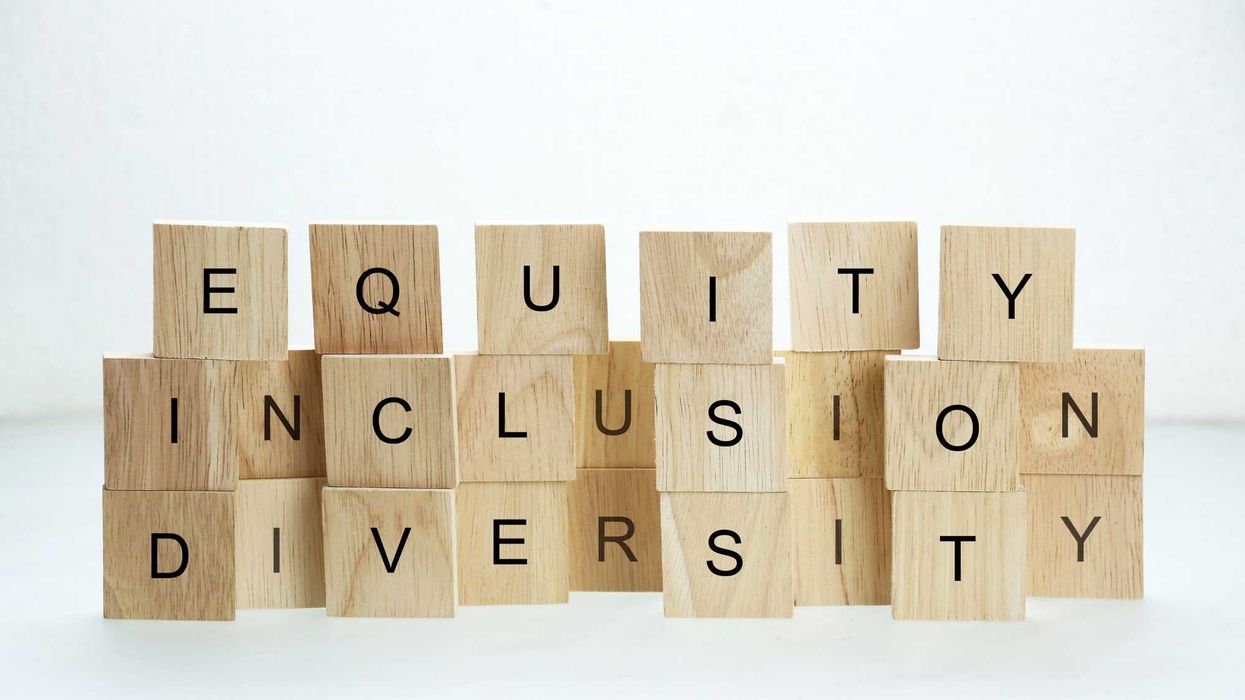The Tennessee Attorney General has partnered with a conservative legal nonprofit to sue the U.S. Department of Education over programming that supports Hispanic-Serving Institutions (HSIs), colleges, and universities where at least 25% of the undergraduate full-time equivalent student enrollment is Hispanic. On its face, this action claims to oppose “discriminatory” federal funding. In reality, it is part of a broader and deeply troubling trend: a coordinated effort to dismantle educational opportunity for communities of color under the guise of anti-DEI rhetoric.
As a scholar of educational policy and leadership in higher education, I believe we must confront policies that narrow access and undermine equity in education for those who have been historically underserved. What is happening in Tennessee is not just a misguided action—it’s a self-inflicted wound that will harm the state's economic future and deepen historical inequality.
For generations, higher education in the United States was designed to serve a narrow elite. White men were the primary beneficiaries of public and private investment, while communities of color were excluded from both elite universities and the funding that supports college success. Institutions like HSIs emerged to fill this gap—not only for Latinx students but also for African American, Indigenous, Asian American, and white working-class students. These colleges have done the heavy lifting with limited resources, yet they remain near the bottom of the higher education funding hierarchy.
Today, HSIs enroll 64 percent of all Latino college students. These students are overwhelmingly first-generation and low-income. And, yet, HSIs receive only a fraction of the support directed toward elite universities. While places like Princeton and Harvard, with multibillion-dollar endowments and selective admissions, continue to attract the lion’s share of attention and funding, HSIs remain chronically underresourced. Still, they persist—graduating thousands of students who would otherwise be locked out of opportunity.
Despite misleading narratives that suggest these institutions are receiving special treatment, the reality is quite the opposite. If we are to have an honest conversation about privilege in education, we must begin with the centuries-long history of exclusion that created the current landscape. The push to defund HSIs is not about leveling the playing field. It is about maintaining an uneven one.
The consequences of such disinvestment are not theoretical. Latino college completion rates still lag significantly behind those of white students. And by 2060, Latinos will make up nearly 28 percent of the U.S. population. Without significant investment in their education, the country risks a severe economic shortfall—one that will impact every sector of our workforce. This is not just a matter of fairness; it is a national imperative.
And yet, in the face of chronic underfunding and political hostility, some educational leaders are showing what true transformation looks like. In the largest study ever conducted on leadership at HSIs, I interviewed presidents, deans, advisors, and faculty across the country. What I found was not resignation but resolve.
At one community college in the Southwest where most of the students are Latinx, a multiracial team of leaders asked themselves a critical question: Are we being brave enough for our students? They rejected outdated leadership models designed for wealthy, white-serving institutions and instead reimagined their college from the ground up. They rewrote job descriptions with more inclusive language that attracted diverse faculty. They helped students access childcare and food pantries, offered emergency aid, and built job pipelines that reflected their students’ realities.
These leaders weren’t managing decline—they were building futures. Their work caught the attention of the federal government, as their college was one of the highest-ranked HSIs in the nation for Hispanic student credential completion. Community members voted to fund a local bond measure in support of the institution because they believed in what these leaders were doing.
This is what I identify as critical transformational leadership. It is grounded in justice, history, caringness, and courage. It is not about symbolic gestures or temporary programs—it is about structural change.
At a time when higher education is under attack, we need more of this kind of leadership, not less. The Tennessee lawsuit is not simply a political stunt—it is part of a larger movement to immobilize communities of color and preserve a shrinking version of America that no longer reflects our demographic and economic realities.
We must resist policies that aim to gut opportunity in the very institutions built to serve those long excluded. The story of American higher education doesn’t have to be one of continued exclusion. We can choose a different future—one where equity is not a threat but the foundation of our collective progress.
Dr. Anthony Hernandez is a faculty member in the Department of Educational Policy Studies at the University of Wisconsin—Madison (UW-Madison) received a research award from the National Academy of Education/Spencer Foundation for his study on leadership in higher education.



















